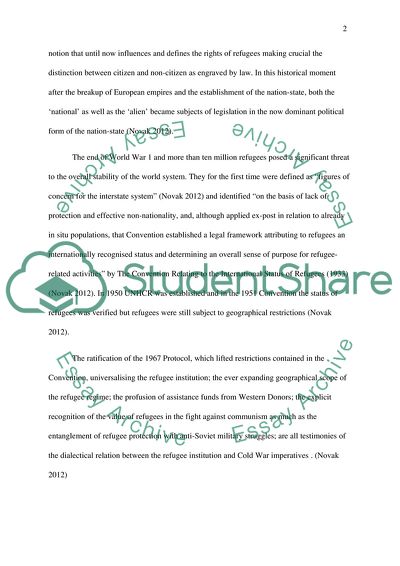Cite this document
(“Conflict and Migration Essay Example | Topics and Well Written Essays - 3500 words”, n.d.)
Conflict and Migration Essay Example | Topics and Well Written Essays - 3500 words. Retrieved from https://studentshare.org/sociology/1682347-examine-the-relationship-between-conflict-and-migration
Conflict and Migration Essay Example | Topics and Well Written Essays - 3500 words. Retrieved from https://studentshare.org/sociology/1682347-examine-the-relationship-between-conflict-and-migration
(Conflict and Migration Essay Example | Topics and Well Written Essays - 3500 Words)
Conflict and Migration Essay Example | Topics and Well Written Essays - 3500 Words. https://studentshare.org/sociology/1682347-examine-the-relationship-between-conflict-and-migration.
Conflict and Migration Essay Example | Topics and Well Written Essays - 3500 Words. https://studentshare.org/sociology/1682347-examine-the-relationship-between-conflict-and-migration.
“Conflict and Migration Essay Example | Topics and Well Written Essays - 3500 Words”, n.d. https://studentshare.org/sociology/1682347-examine-the-relationship-between-conflict-and-migration.


